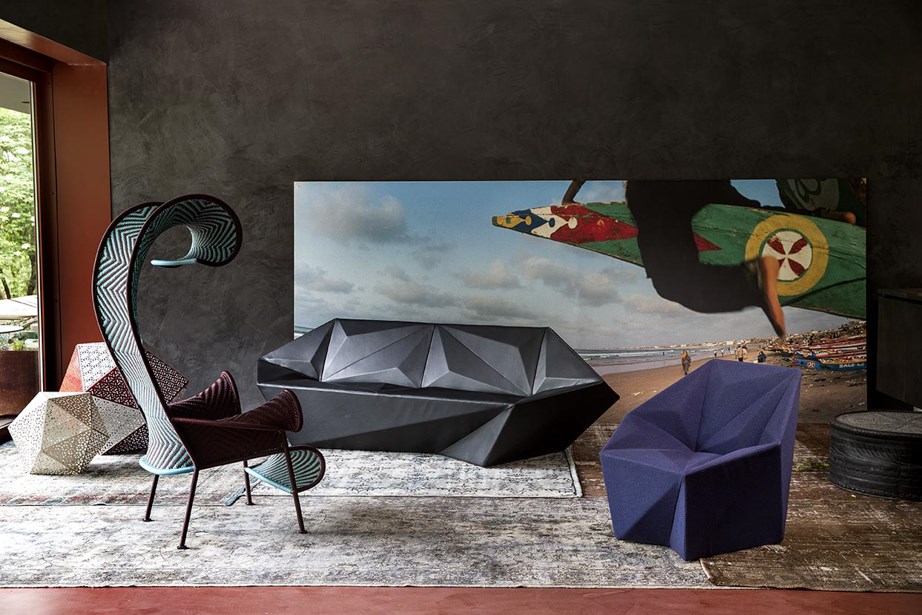Gemma Armchair
- Designer:
- Daniel Libeskind
- Brand:
- Moroso
We don't appear to have any products related to your search term. Please try again.
Shipping and discount codes are added at checkout.
Daniel Libeskind is known for his deconstructivist designs and emotionally evocative structures.
Born in 1946 in Łódź, Poland, he emigrated to the United States in 1957. He initially trained as a musician before shifting to architecture, earning his degree from The Cooper Union in New York and later studying at the University of Essex.
Libeskind gained international recognition with his design for the Jewish Museum Berlin (completed in 2001), which reflects the fragmentation and trauma of Jewish history. His architectural approach often integrates historical memory, symbolism, and dynamic, angular forms.
His notable projects include:
Libeskind's designs are characterized by sharp angles, dramatic spaces, and a philosophical approach that intertwines architecture with storytelling. His firm, Studio Libeskind, continues to work on cultural institutions, skyscrapers, and urban masterplans worldwide.
